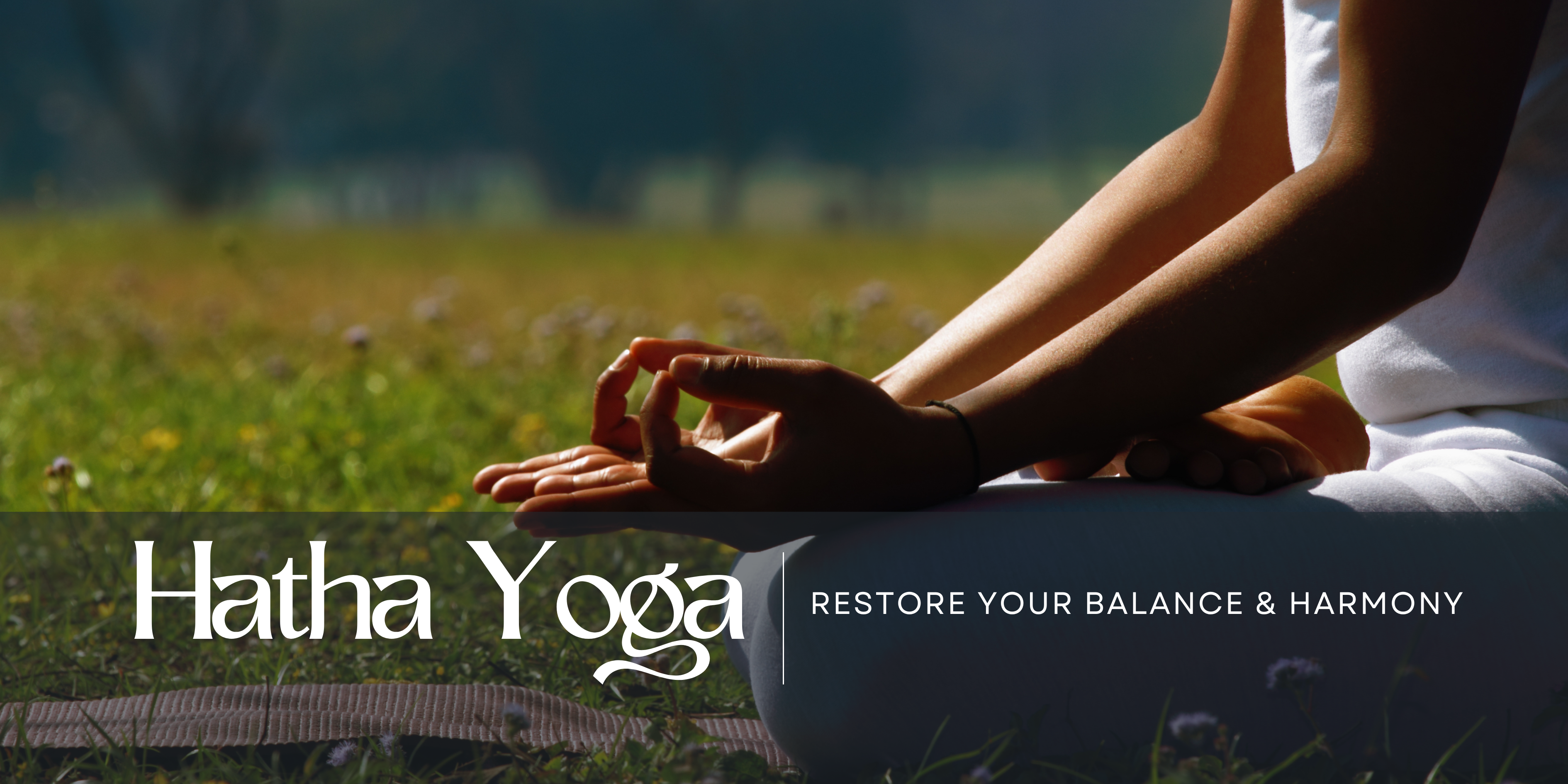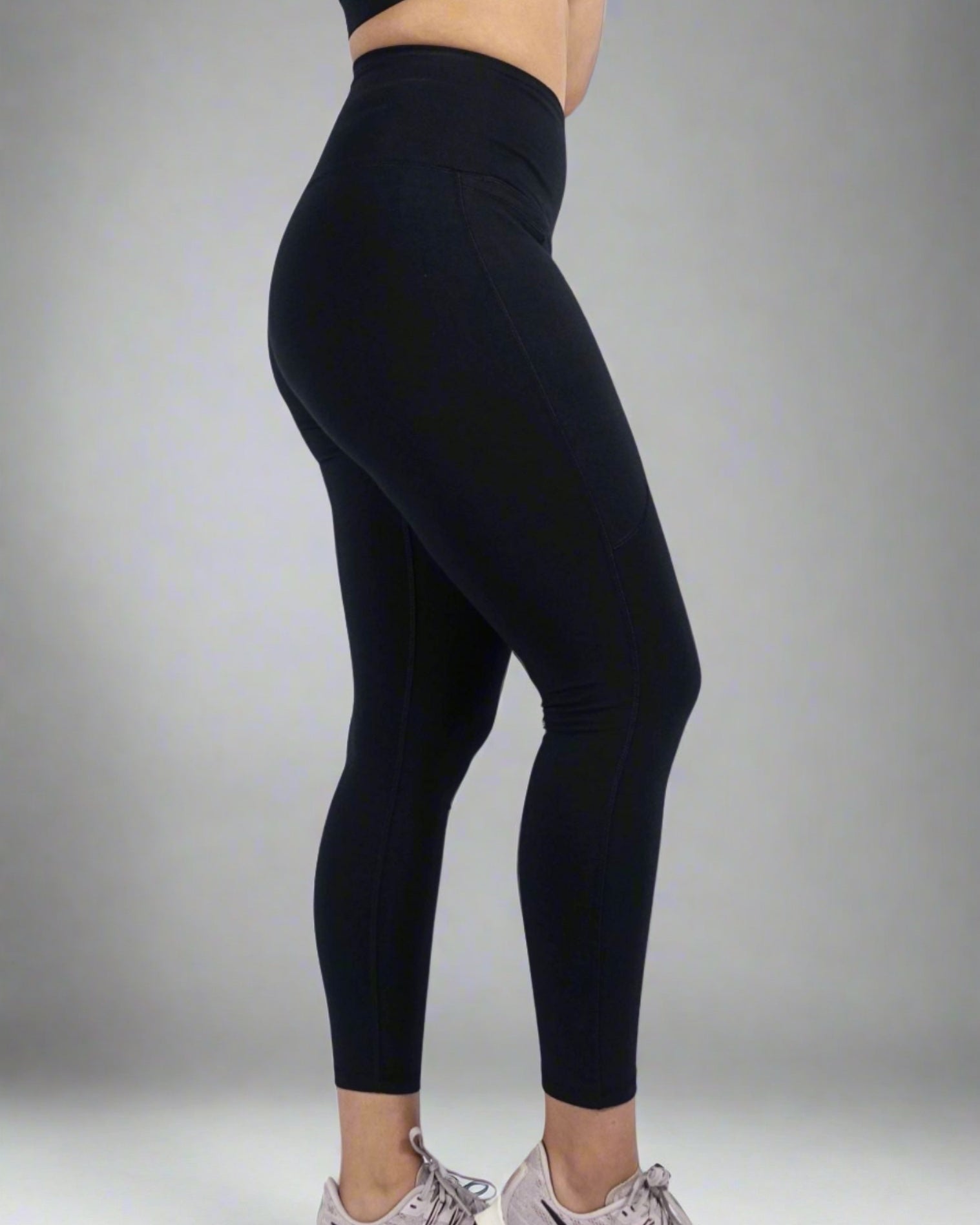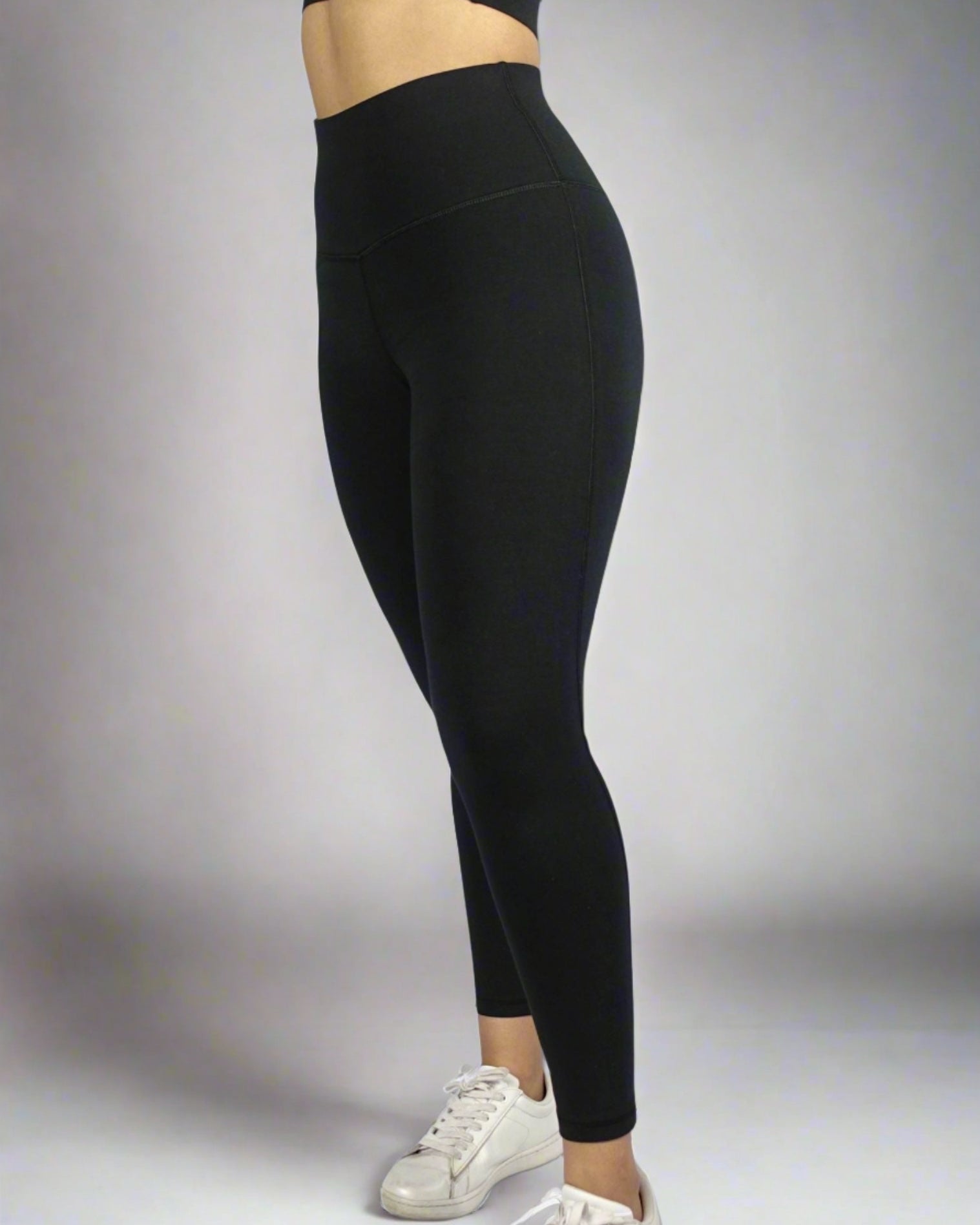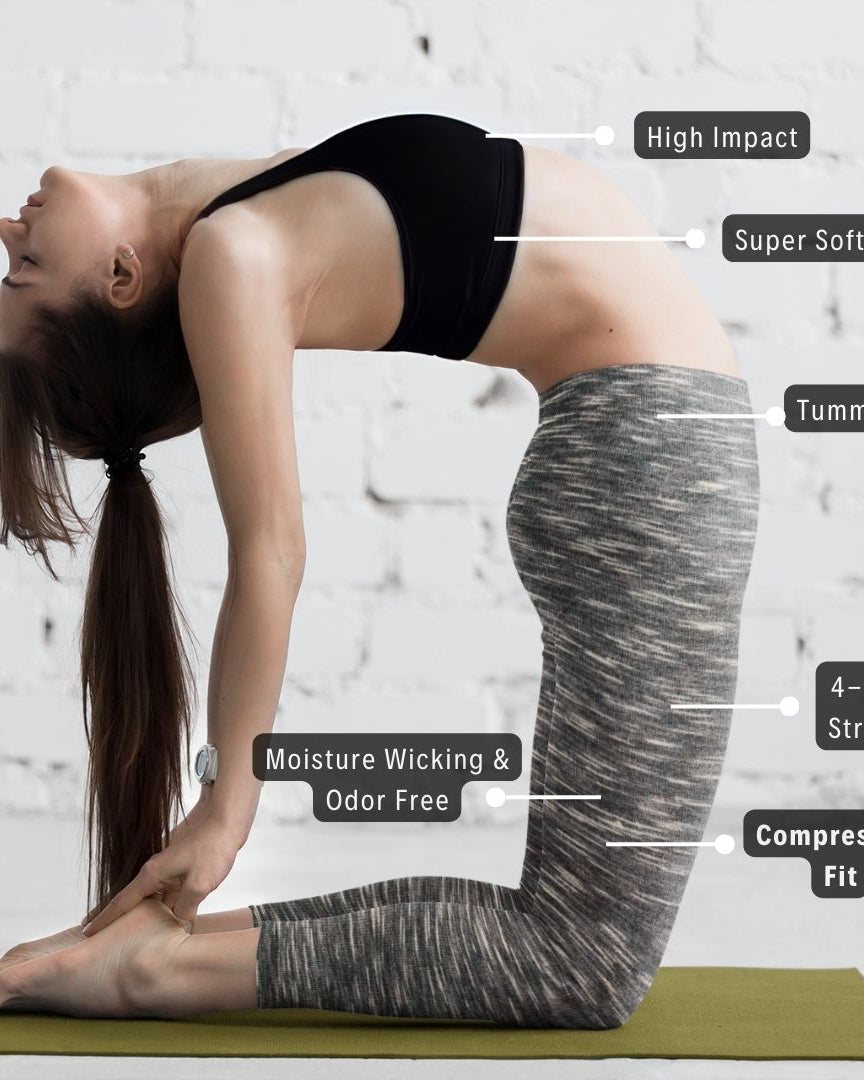|
Welcome to the world of Hatha Yoga, a profound practice that brings balance and harmony to both body and mind. As we all know, the practice of yoga has several benefits. As an experienced yoga teacher specializing in Hatha Yoga, I'm excited to guide you through this transformative journey. I will try and unpack the origins and philosophy along with the benefits looking at the asanas or practice.
Whether you're a beginner or an experienced yogi, Hatha Yoga has something valuable to offer. Let's dive into the essence of this practice, explore its benefits, and discover how it can enhance your well-being.
Understanding Hatha Yoga
Hatha yoga is a fairly gentle practice and you will find that it concentrates on balance, harmony and the overall working of the body incorporated with the mind. What makes it stand apart is that It incorporates all the eight limbs of the original Patanjali yoga sutras.
Origins and Philosophy
Hatha Yoga is more than just a physical exercise; it's a philosophy rooted in ancient Indian traditions. The word "Hatha" is a combination of two Sanskrit words, "Ha" and "Tha," representing the union of opposites. "Ha" signifies the sun, representing the active, masculine energy, while "Tha" represents the moon, symbolizing the passive, feminine energy.
Hatha Yoga seeks to balance these opposing forces within us, fostering harmony in the body and mind. When I first delved into Hatha Yoga, I was struck by its profound philosophy of balance. Much like balancing on one foot in a yoga pose, life often requires finding equilibrium between opposing forces, such as work and rest, strength and flexibility, or stress and relaxation.
The Eight Limbs of Yoga
The foundation of Yoga is built upon the eight limbs, which provide a holistic approach to self-discovery and well-being. These limbs guide practitioners in their physical, mental, and spiritual journey.

1. Yamas (Ethical Principles)
The first limb, the Yamas are the ethical principles of Hatha Yoga, teaching us to live with integrity and compassion. They include,
- Ahimsa (non-violence)
- Satya (truthfulness),
- Asteya (non-stealing)
- Brahmacharya (moderation)
- Aparigraha (non-possessiveness)
For me, when I started to understand the meaning of these principles, I have tried to be concious of them and incorporate them into my daily life.
I can say that incorporating Ahimsa into my life has made me more aware of my actions and their impact on others. It's a reminder to treat myself and those around me with kindness and respect.
2. Niyamas (Personal Observances)
The second limb, Niyamas are personal observances that encourage self-discipline and self-reflection. They consist of,
- Saucha (cleanliness)
- Santosha (contentment)
- Tapas (discipline)
- Svadhyaya (self-study)
- Ishvara Pranidhana (surrender to the Divine)
Santosha, or contentment, has been a transformative practice for me. It reminds me to find joy in the present moment rather than constantly seeking external validation or material possessions.
3. Asanas (Physical Postures)
Now, let's explore the physical aspect of Hatha Yoga—asanas or postures. These postures are the most recognized aspect of yoga and form the foundation of Hatha practice. They offer a multitude of physical benefits, from increased flexibility to improved strength and balance. They also help us with improved concentration and discipline.
Mountain Pose (Tadasana)
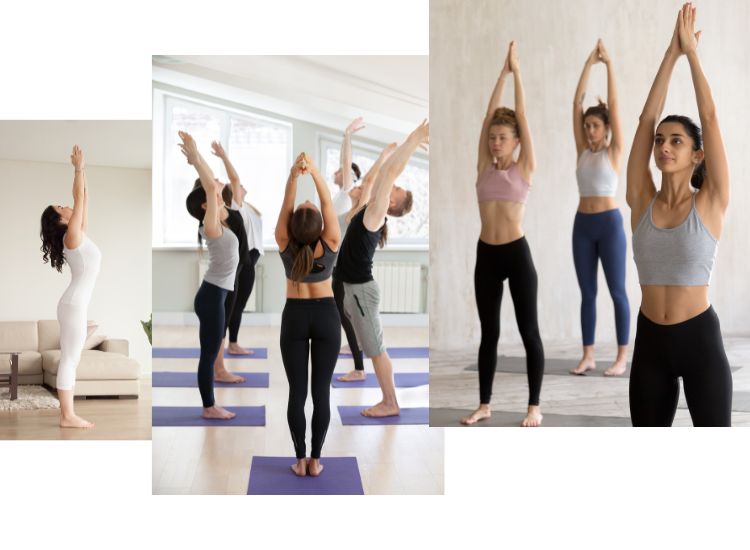
Tadasana is the fundamental standing pose that teaches alignment and balance. Stand tall with your feet hip-width apart, grounding yourself through your feet, and elongating your spine. It's a simple yet powerful pose that sets the tone for your practice.
I often begin my classes with Tadasana, encouraging students to find their center, much like finding your balance on a surfboard. The stillness and focus it demands create a strong foundation for the practice ahead.
Downward-Facing Dog (Adho Mukha Svanasana)
Downward-Facing Dog is a quintessential yoga pose that stretches the entire body. It's an excellent posture for building strength, flexibility, and mental focus.

I remember struggling with Downward-Facing Dog when I first started practicing yoga. Over time, I realized that it's not about achieving a perfect pose but about the journey of self-discovery and growth.
Sequencing and Alignment
While individual asanas are essential, the sequencing and alignment of these postures are equally important. Creating a balanced sequence allows practitioners to move through a practice with intention and purpose while minimizing the risk of injury.
When I design sequences for my classes, I often draw inspiration from nature. Just as a hike through a forest leads you through different terrains, a well-structured yoga sequence takes you on a journey of movement and self-exploration.
4. Pranayama (Breath Control)
In Hatha Yoga, breath control, or pranayama, is intimately intertwined with the physical postures. The breath serves as a bridge between the body and the mind, enhancing the overall yoga experience.
Ujjayi Pranayama (Victorious Breath)
Ujjayi Pranayama involves breathing through a slightly constricted throat, creating a gentle, ocean-like sound. This technique helps regulate the breath, calms the mind, and enhances focus during practice.
Ujjayi Pranayama is like the steady rhythm of waves crashing on the shore. It anchors me in the present moment and reminds me to stay connected to my breath throughout my practice.
5. Pratyahara (Sense withdrawal)
The fifth limb of yoga, the Pratyahara urges us to cut off from the external worls and delve inwards into our senses and being and look into what lies inside us.
In the begining, I always felt that I couldnt concentrate on myself and something or the other always mars my concentration. But I can assure you, it becomes easier as you practice surrounding you with an inner calm.
6. Dharana (Concentration)
The sixth limb is Dharana or concentration where you train your mind on one thing and one thing only. It could be something external or your internal being such as a point on your forehead, your heart and so on. Mindfullness could be looked at as an act of Dharana.
Mindfulness is the art of being fully present in the moment, a quality that's essential in Hatha Yoga. By practicing mindfulness yoga, you can deepen your connection with each posture and breath.
I often share with my students that mindfulness is like savoring a delicious meal - paying attention to each flavor, texture, and aroma. Similarly, mindfulness in yoga means savoring each moment of the practice.
7. Dhyana (Meditation)
Meditation, the seventh limb is an integral part of all yoga practices especially Hatha Yoga, allowing practitioners to cultivate inner peace and mental clarity. It involves focusing the mind on a single point or object, leading to a state of deep concentration.

Meditation has been my anchor during challenging times. It's like finding a quiet oasis within the chaos of daily life, offering solace and insight.
8. Samadhi (Enlightenment)
The final eighth limb is Samadhi which takes you into a state of bliss. With practice samadhi is possible where yogis reach the highest level of mental concentration where no distration impacts the state of bliss. This is the highest level of meditation.
Benefits of Hatha Yoga
Physical Benefits
The physical benefits of Hatha Yoga are numerous. Regular practice can lead to improved flexibility, increased muscle tone, enhanced posture, and better overall physical health.
I've witnessed students who, over time, have transformed their physical well-being through Hatha Yoga. One student, in particular, was able to relieve chronic back pain through consistent practice and proper alignment.
Mental and Emotional Benefits
Hatha Yoga isn't just about physical health—it's a powerful tool for mental and emotional well-being. It helps reduce stress, anxiety, and depression while promoting mental clarity and emotional balance.
I recall a student who came to me seeking relief from anxiety. Through a combination of asanas, pranayama, and mindfulness, she gradually found peace and resilience in her life.
Starting Your Hatha Yoga Journey
Qualified Instructor
The first step is finding a qualified Teacher. If you're new to Hatha Yoga, consider finding a certified yoga instructor who specializes in Hatha. A skilled teacher can provide guidance, correct alignment, and ensure a safe and enriching practice.
My journey into the practice of Hatha Yoga and later as a yoga teacher began with the guidance of a compassionate mentor who taught me not only the physical postures but also the deeper wisdom of Hatha Yoga.
Creating a Home Practice
While attending classes is beneficial, developing a home practice allows you to deepen your connection with Hatha Yoga. Start with a few simple asanas and gradually build your routine.

My home practice is my sanctuary. It's where I can explore new poses, delve into meditation, and reconnect with the core principles of Hatha Yoga.
Common Mistakes and How to Avoid Them
As you embark on your Hatha Yoga journey, be aware of common mistakes. These may include pushing yourself too hard, neglecting proper alignment, or disregarding the breath.
I've made my fair share of mistakes in yoga. Each one taught me valuable lessons about patience, self-compassion, and the importance of listening to my body.
Try Hatha Yoga
As with all practices, the first step is to try the practice of Hatha yoga!
In the world of Hatha Yoga, balance and harmony are not just concepts - they are tangible experiences that enrich your life. By integrating the eight limbs, mastering asanas, and embracing meditation and mindfulness, you can embark on a transformative journey of self-discovery and well-being.
As you step onto your yoga mat, remember that every breath, every posture, and every moment of mindfulness brings you closer to the essence of Hatha Yoga. Embrace the practice with an open heart, and you'll find that it not only transforms your body but also nurtures your soul.
I wish you a fulfilling and enriching Hatha Yoga journey, filled with the beauty of balance and the harmony of the present moment.
Have questions or need to know more? Contact us at hello@activebygs.com


